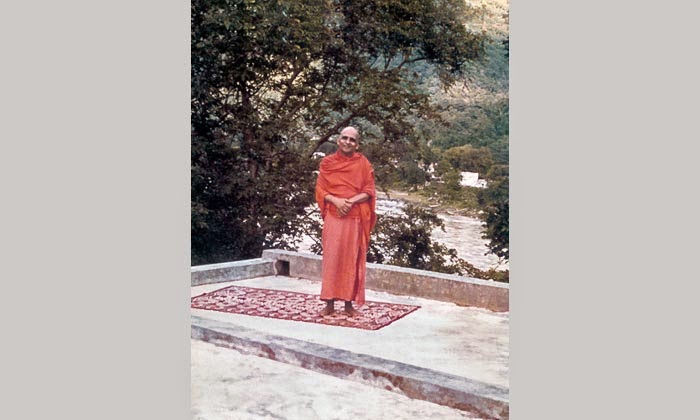Religion and Social Values : 6.

1: The Circumstances in Which We Have to Live in the World : Part-6. Everyone here is mentally healthy; it is perfectly clear. But the mental health that we are considering and referring to under the circumstances of the nature of the aspiration with which you have come here is something different from the normalcy of the mental operations of man. And if you like to call it so, you may say there is a supernormal condition of mental functions. It is this that can be the means of the fulfilment of your noble aspirations in the field of religion or spirituality, or on the path of God-realisation. An unhealthy mind is like a sick body, which will retard any progress in any direction—because sickness attracts attention immediately, and it will not permit the diverting of the mind in any other way. The sickness of the mind from a purely philosophical, religious or spiritual point of view is not that particular sickness which is treated in facilities for the psychopathologica...





.jpg)


